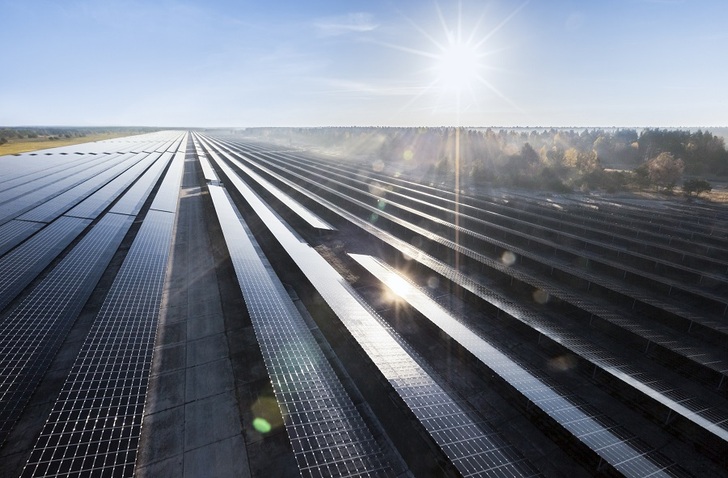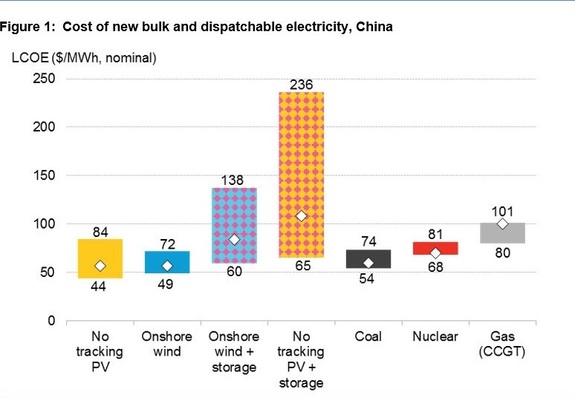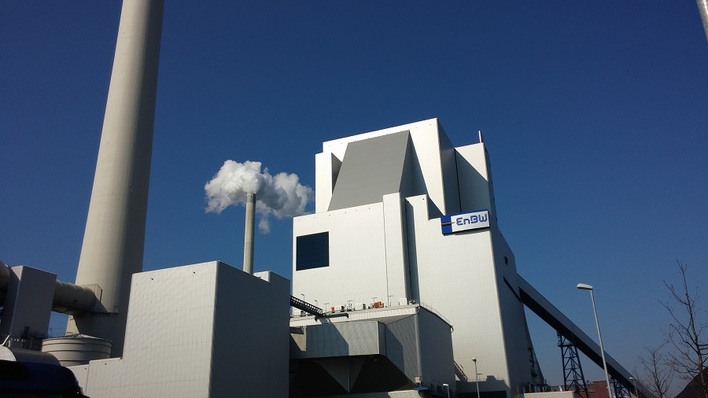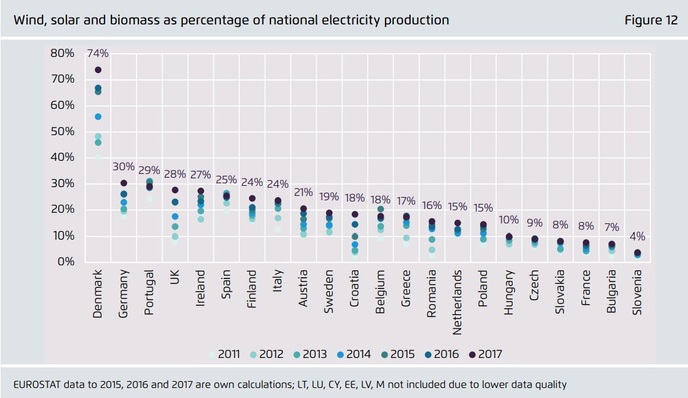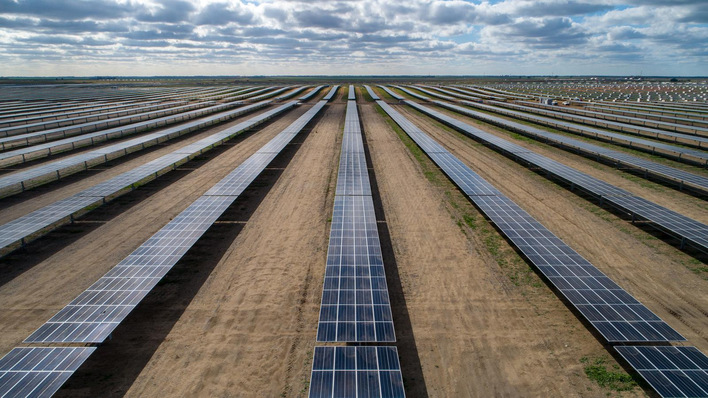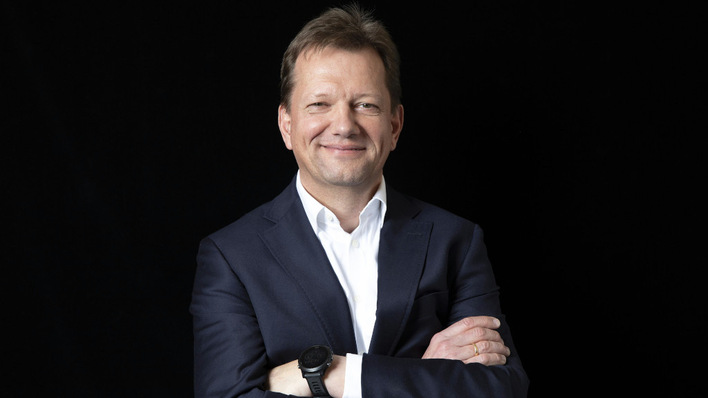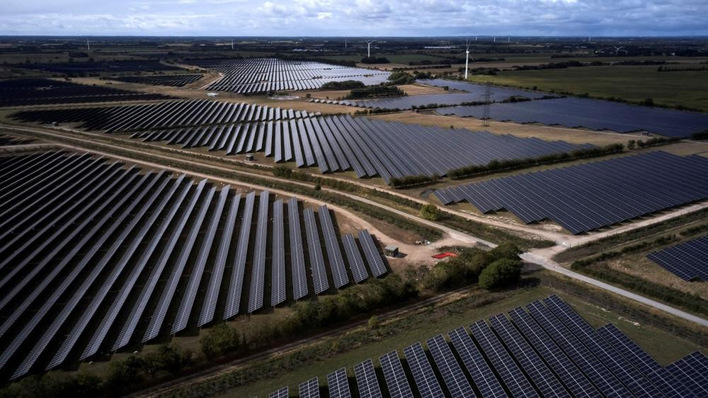New solar and onshore wind power plants have now reached parity with average wholesale prices in California and parts of Europe. In China, their levelized costs are now below the average regulated coal power price, the reference price tag in the country according to BloombergNEFs 2H 2019 LCOE analysis.
Costs of PV projects declined by 11% in the first half of 2019
BNEF’s global benchmark levelized cost figures for onshore wind and PV projects financed in the last six months are at $47 and $51/MWh, down 6% and 11% respectively compared to the first half of 2019. For wind this is mainly due the fall in the price of wind turbines, 7% lower on average globally compared to the end of 2018. In China, the world’s largest solar market, the capex of utility-scale PV plants has dropped 11% in the last six months, reaching $0.57 million per MW. Weak demand for new plants in China has left developers and engineering, procurement and construction firms eager for business, and this has put pressure on capex.
LCOE of $27-36/MWh for the cheapest new PV projects
“We estimate that some of the cheapest PV projects financed recently will be able to achieve an LCOE of $27-36/MWh, assuming competitive returns for their equity investors. Those can be found in India, Chile and Australia. Best-in-class onshore wind farms in Brazil, India, Mexico and Texas can reach levelized costs as low as $26-31/MWh already”, BNEF speaker Veronika Henze says.
Offshore wind with fastest cost declines
Offshore wind has seen the fastest cost declines, down 32% from just a year ago and 12% compared to the first half of 2019. Our current global benchmark LCOE estimate is $78/MWh. New offshore wind projects throughout Europe now deploy turbines with power ratings up to 10MW, unlocking capex and opex savings. In Denmark and the Netherlands, we expect the most recent projects financed to achieve $53-64/MWh excluding transmission.
Three-stage process
Tifenn Brandily, associate in BNEF’s energy economics team and the report’s author, said: “This is a three-stage process. In phase one, new solar and wind get cheaper than new coal and gas plants on a cost-of-energy basis. In phase two, renewables reach parity with power prices. In phase three, they become even cheaper than running existing thermal plants. Our analysis shows that phase one has now been reached for two-thirds of the global population. Phase two started with California, China and parts of Europe. We expect phase three to be reached on a global scale by 2030.”
Thermal power plants relegated to a balancing role
He continues “As this all plays out, thermal power plants will increasingly be relegated to a balancing role, looking for opportunities to generate when the sun doesn’t shine or the wind doesn’t blow.” BNEF’s 2H 2019 LCOE analysis covers nearly 8,000 projects across 20 technologies and 46 countries globally. (HCN)

